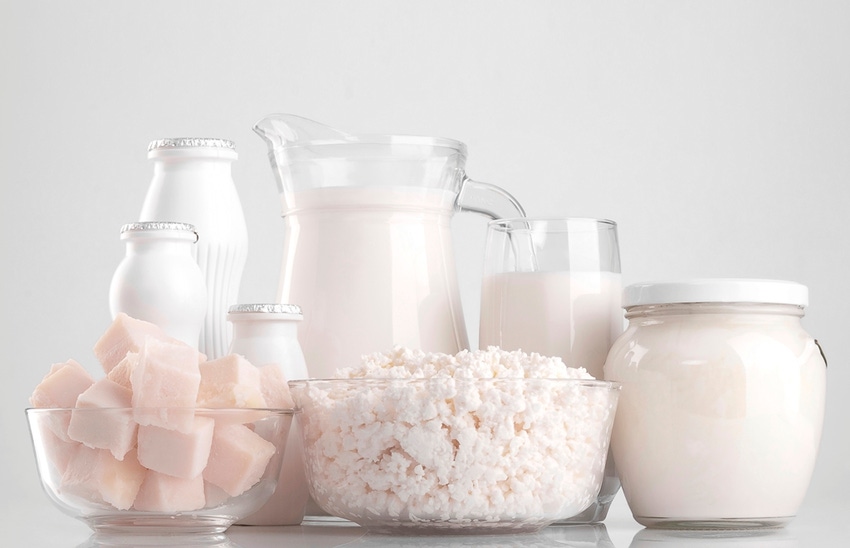Clean label replacements key to cutting dairy costs
Industry experts predict dairy prices will continue to increase due to global weather, supply issues in feed markets and strong demand from developing countries.
August 7, 2013

Industry experts predict that dairy prices will continue to increase due to global weather, supply issues in the feed markets and strong demand from developing countries, but leading starch specialist Ulrick & Short claims that replacement clean label, non-GM ingredients are a simple option to offset the costs.
Consumers are demanding shorter labels, and dessert producers in particular require ingredients to actively improve functionality, shelf life and appearance. As the number of consumers looking for a simple, easily understood ingredient statement grows, the open declaration is becoming increasingly important for food producers. Functionality is also very important as products must not only look attractive, but taste good and provide increased shelf life.
Consumers are constantly looking for indulgence and creamy textures but without the associated calories, the most common question being: is there a lighter option that will taste as good? Replacing quantities of milk protein and fats with a clean label starch equivalent ensures the same look, mouthfeel and texture whilst reducing fat content and costs.
In its most recent development project, Ulrick & Short has carried out extensive research into improving the nutritional content of cheesecakes whilst reducing the cost of production, developing a starch to replicate viscosity, clean up the label and lower the production cost—with added benefits. When frozen and subsequently thawed, cheesecakes often produce a layer of water on the top; incorporating a replacement clean label starch ingredient removes this side effect.
Another project has the aim of making improvements to low-fat yogurt, which can lack taste and body. The cost of dairy protein can be significantly reduced by partially replacing it with starches, with the added benefits of improving texture and reducing fat. This technique can also be replicated with other dairy products such as soft cheese.

You May Also Like


